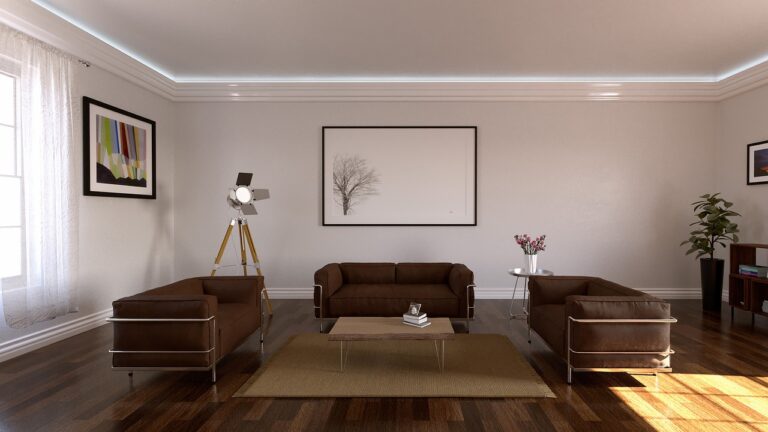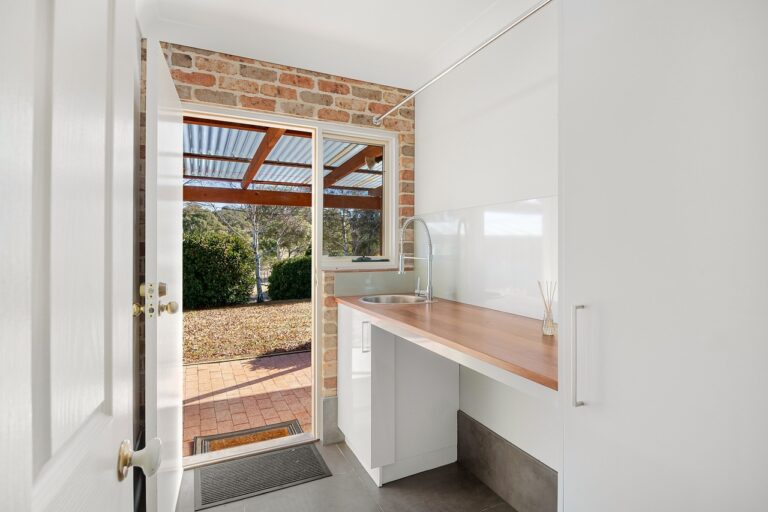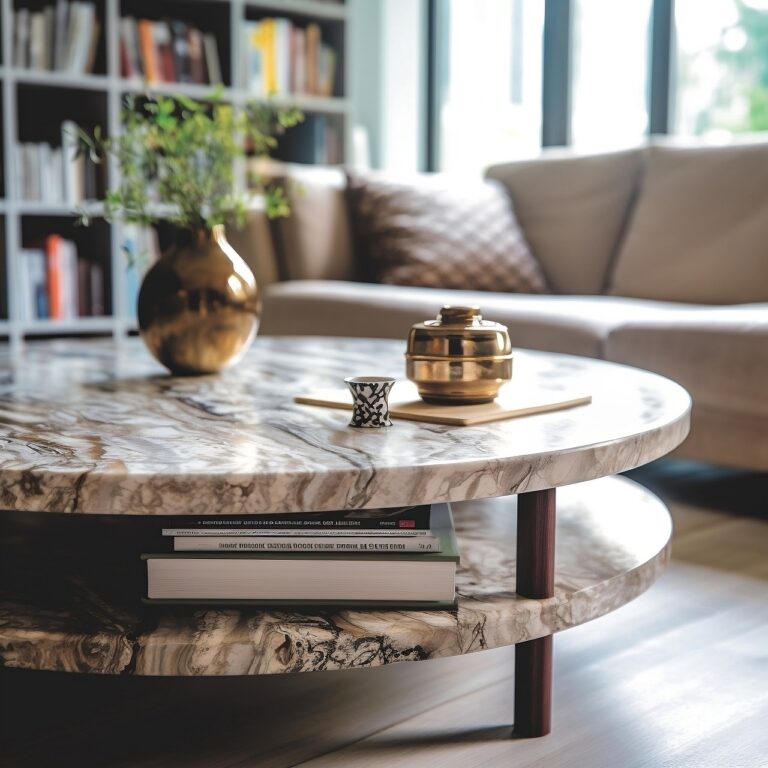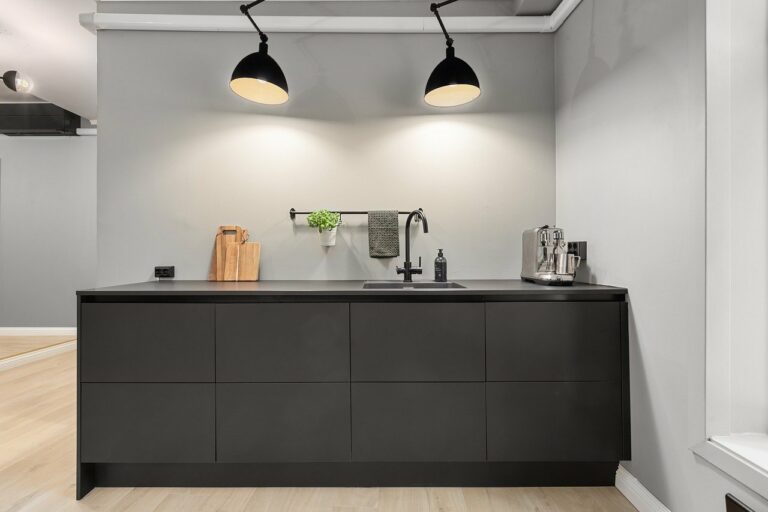The Evolution of Kitchen Islands: From Functional to Fabulous
In early kitchens, the concept of a kitchen island was born out of the need for a central food preparation area. These islands typically consisted of a simple wooden table or platform that provided additional workspace for various cooking tasks. The primary function of these early kitchen islands was to create a more efficient and organized cooking space, allowing cooks to easily access and prepare ingredients without having to constantly move between different areas of the kitchen.
Over time, the design of kitchen islands in early kitchens evolved to incorporate additional storage solutions. Drawers and shelves were integrated into the island structure, providing a convenient place to store utensils, cookware, and pantry items. This innovation not only helped to declutter kitchen spaces but also made it easier for cooks to access the tools and ingredients they needed while preparing meals. The evolution of kitchen islands in early kitchens marked a significant shift towards more functional and organized culinary workspaces.
The Role of Kitchen Islands in Modern Homes
In modern homes, kitchen islands have become the focal point of the kitchen space. They not only provide additional storage and countertop space but also serve as a multipurpose area for cooking, dining, and socializing. With the open-floor concept trending, kitchen islands act as a natural divider between the kitchen and living area, creating a seamless flow within the space.
Furthermore, kitchen islands in modern homes often feature built-in appliances such as stovetops, sinks, and wine coolers, adding to their functionality. These integrated elements streamline meal preparation and cleanup processes, making the kitchen island an essential hub for daily tasks. Additionally, the versatility of kitchen islands allows them to double as a casual dining area or a gathering spot for guests during social events, enhancing the overall functionality and aesthetic appeal of the modern kitchen.
Innovative Designs and Materials Used for Kitchen Islands
Kitchen islands have evolved from simple workstations to multifunctional focal points in modern kitchens. In recent years, designers have been embracing innovative designs and materials to elevate the aesthetic appeal and functionality of kitchen islands.
One trend that has gained popularity is the use of unique materials such as reclaimed wood, concrete, and marble. These materials not only add visual interest but also bring a touch of luxury to the kitchen space. Additionally, incorporating contrasting materials like mixing wood with metal or glass creates a modern and dynamic look for kitchen islands.
What are some common materials used for kitchen islands?
Some common materials used for kitchen islands include wood, granite, marble, stainless steel, and quartz.
How has the design of kitchen islands changed over time?
The design of kitchen islands has evolved from simple tables with storage underneath to multifunctional workstations with seating, storage, and built-in appliances.
What are some innovative features that can be found in modern kitchen islands?
Some innovative features in modern kitchen islands include built-in sinks, cooktops, wine coolers, pop-up outlets, and hidden storage compartments.
How can a kitchen island enhance the functionality of a kitchen?
A kitchen island can provide additional counter space for food prep, seating for dining or socializing, storage for kitchen essentials, and a focal point for the room’s design.
Are kitchen islands only suitable for large kitchens?
No, kitchen islands come in various sizes and designs to fit kitchens of all sizes. Even in smaller kitchens, a compact island can add functionality and style.







